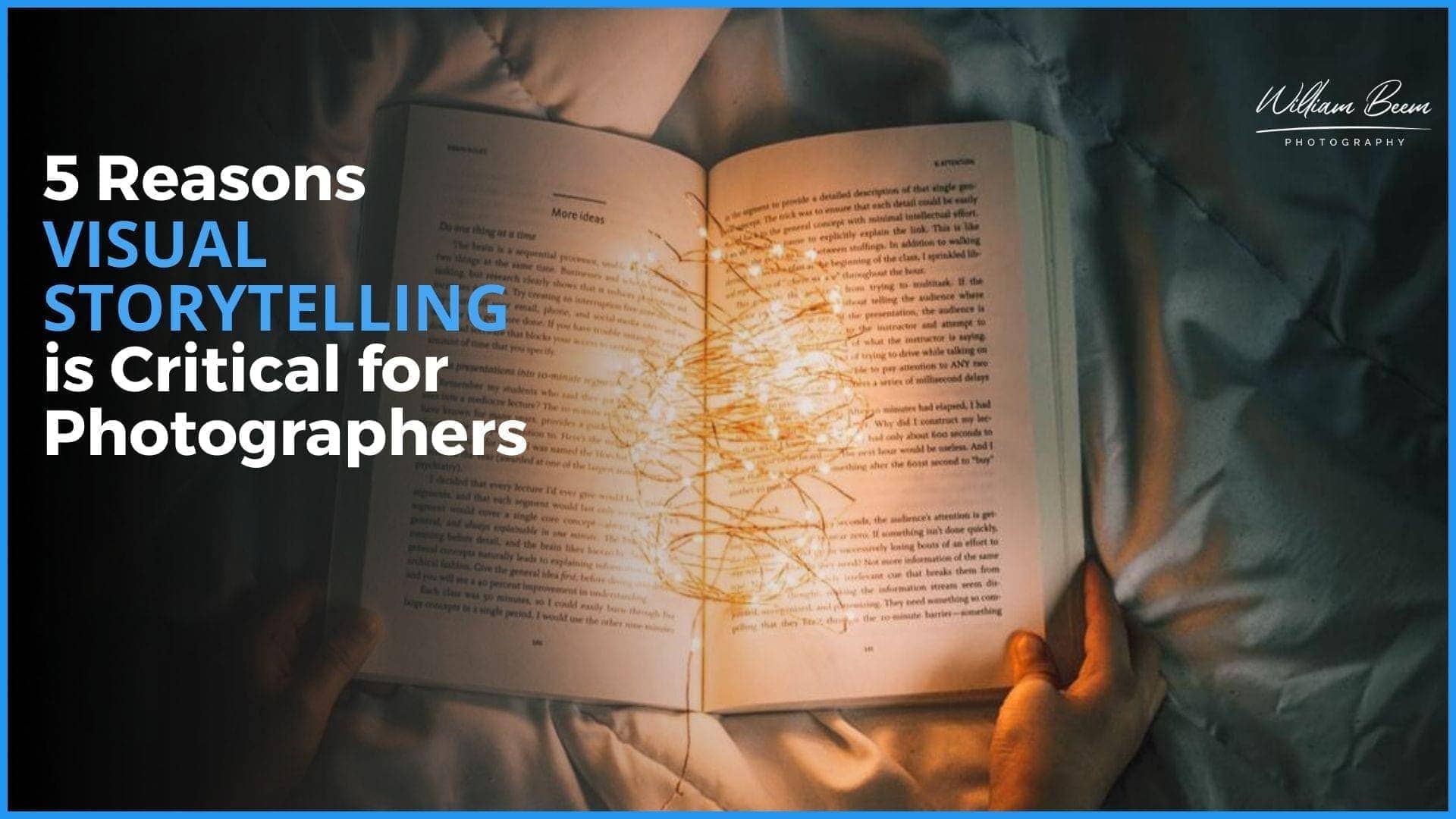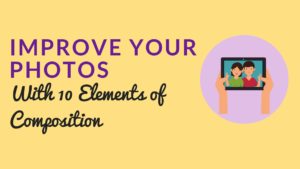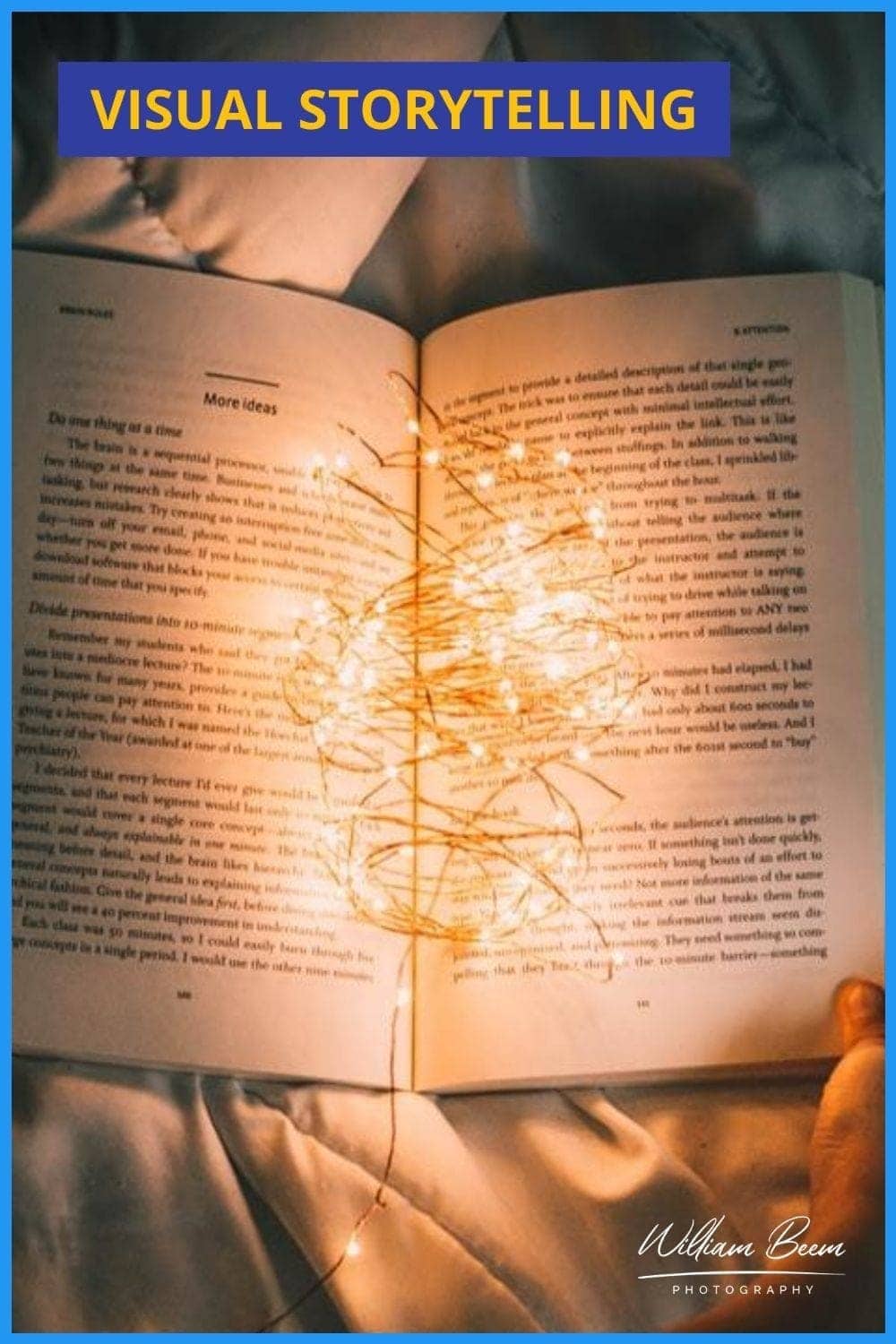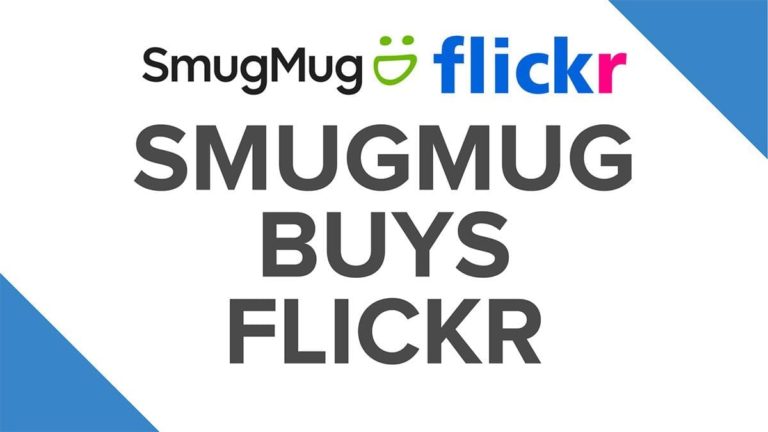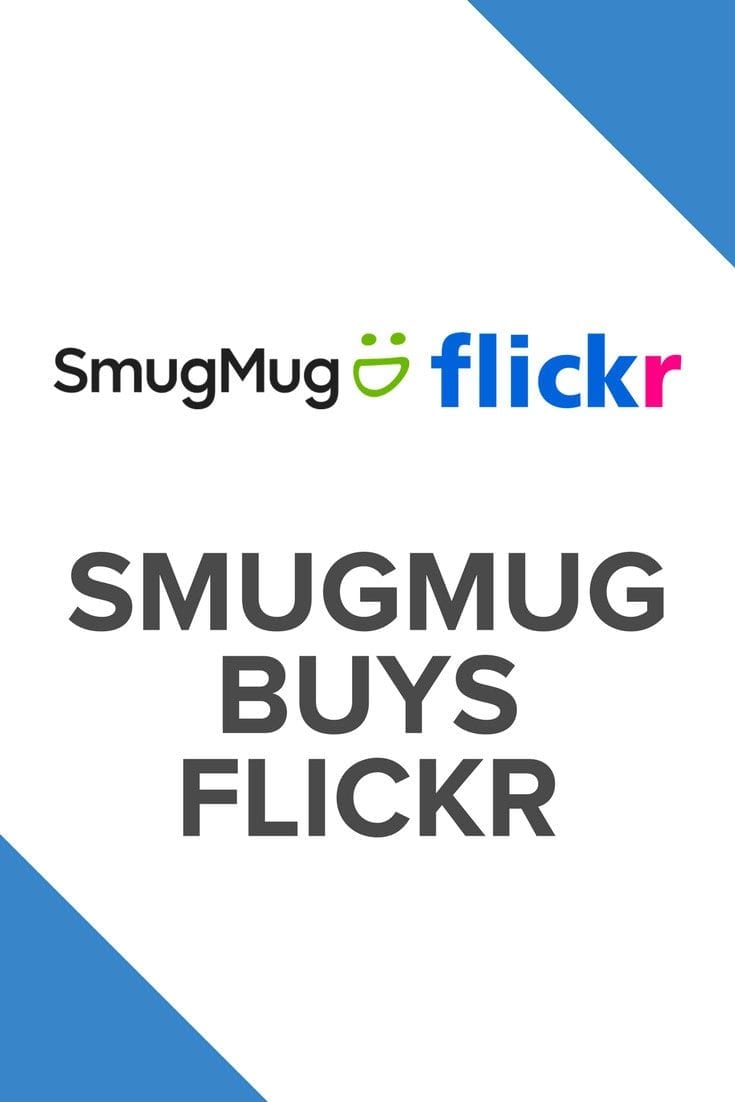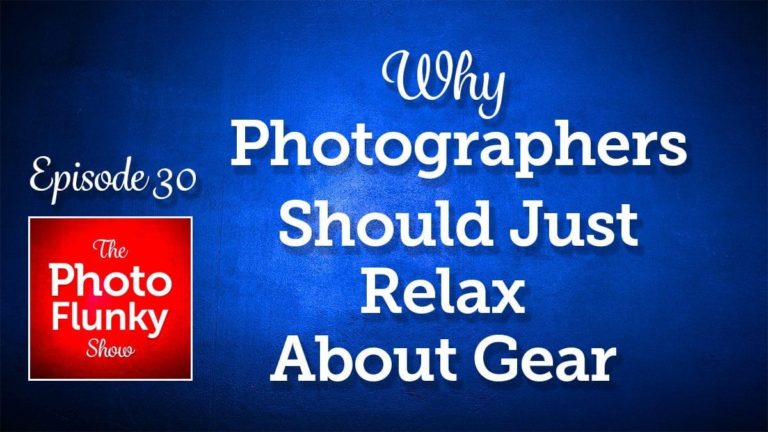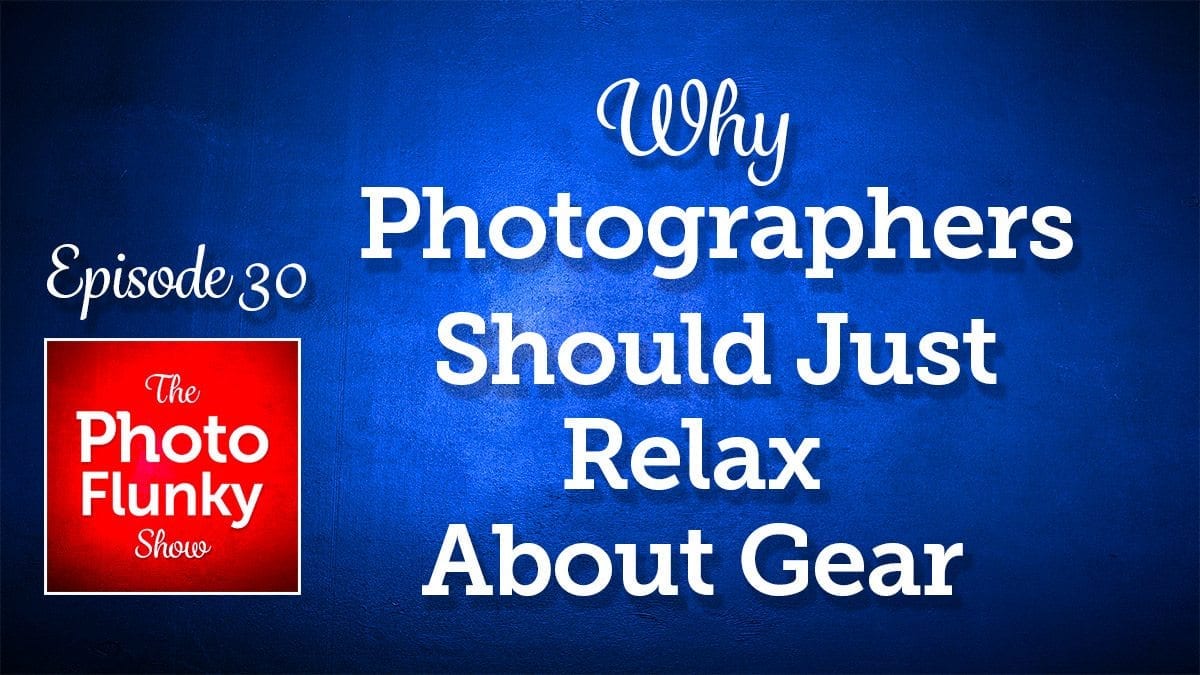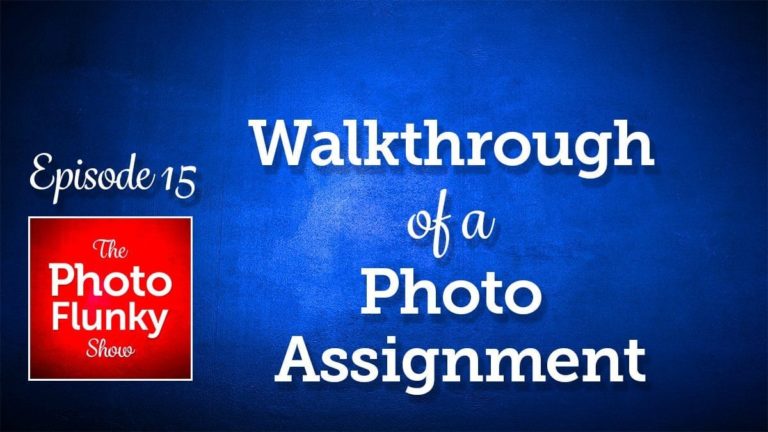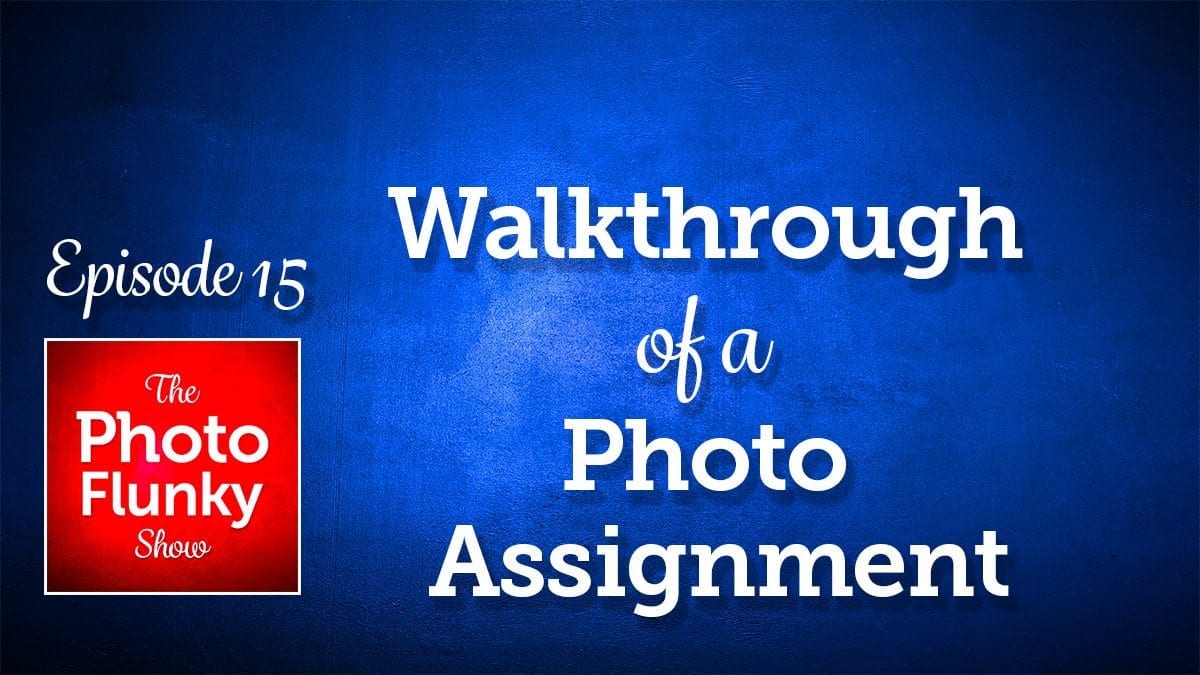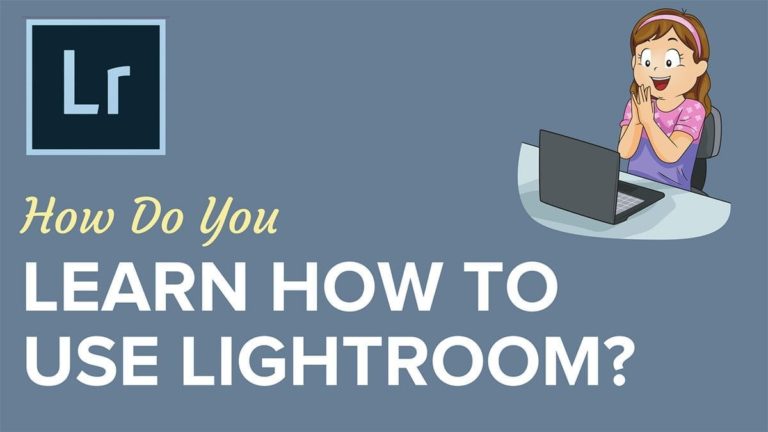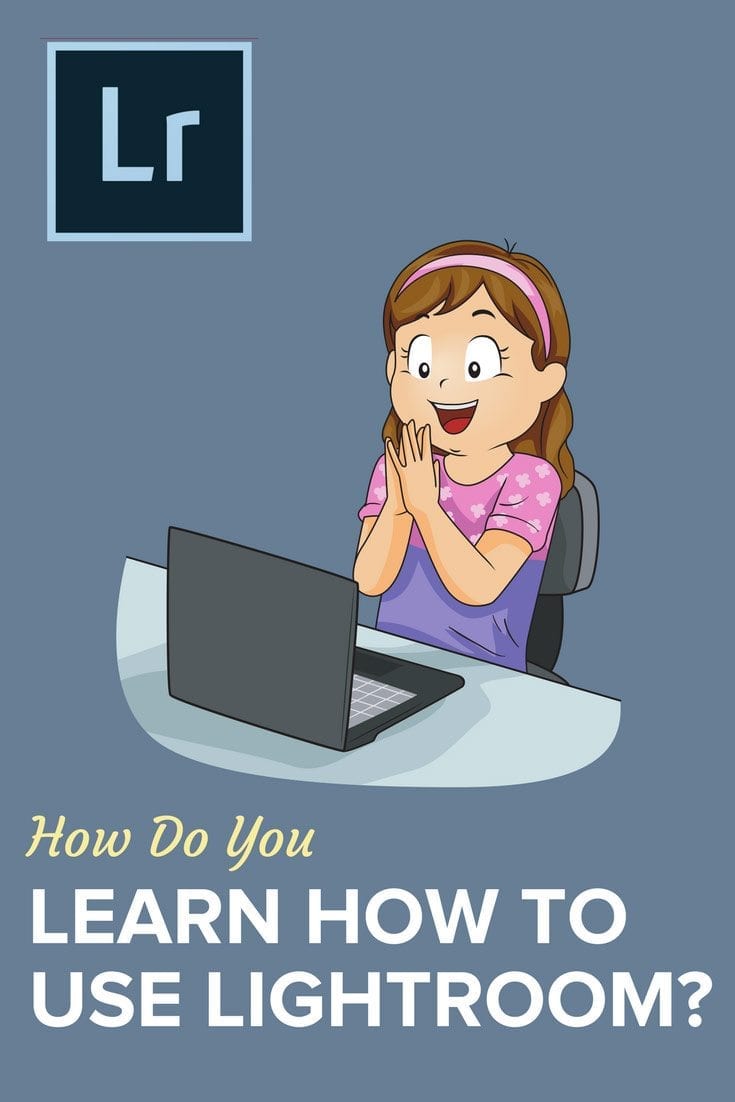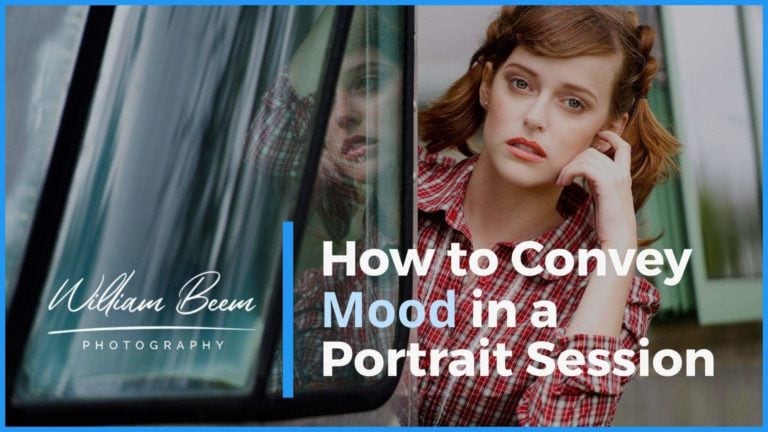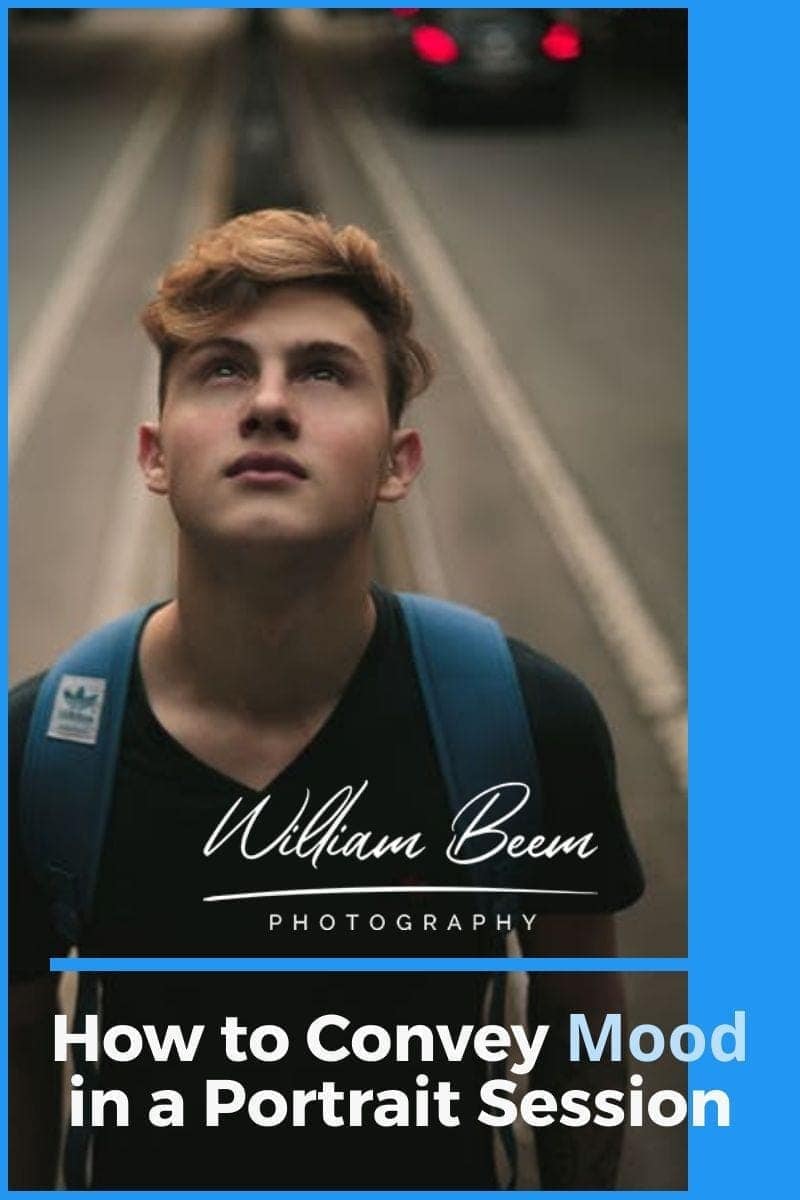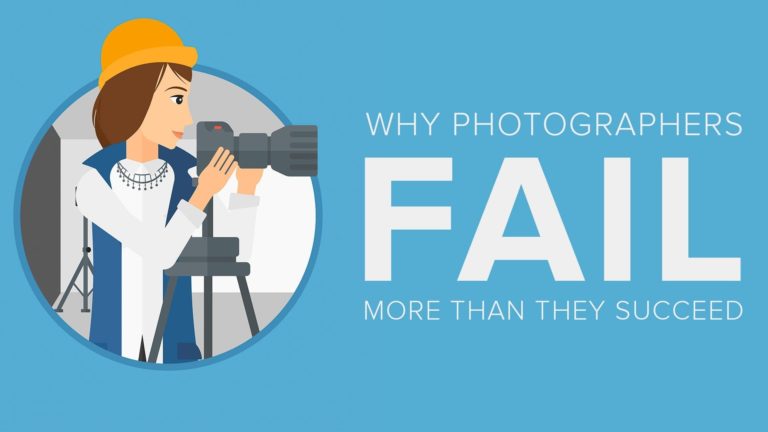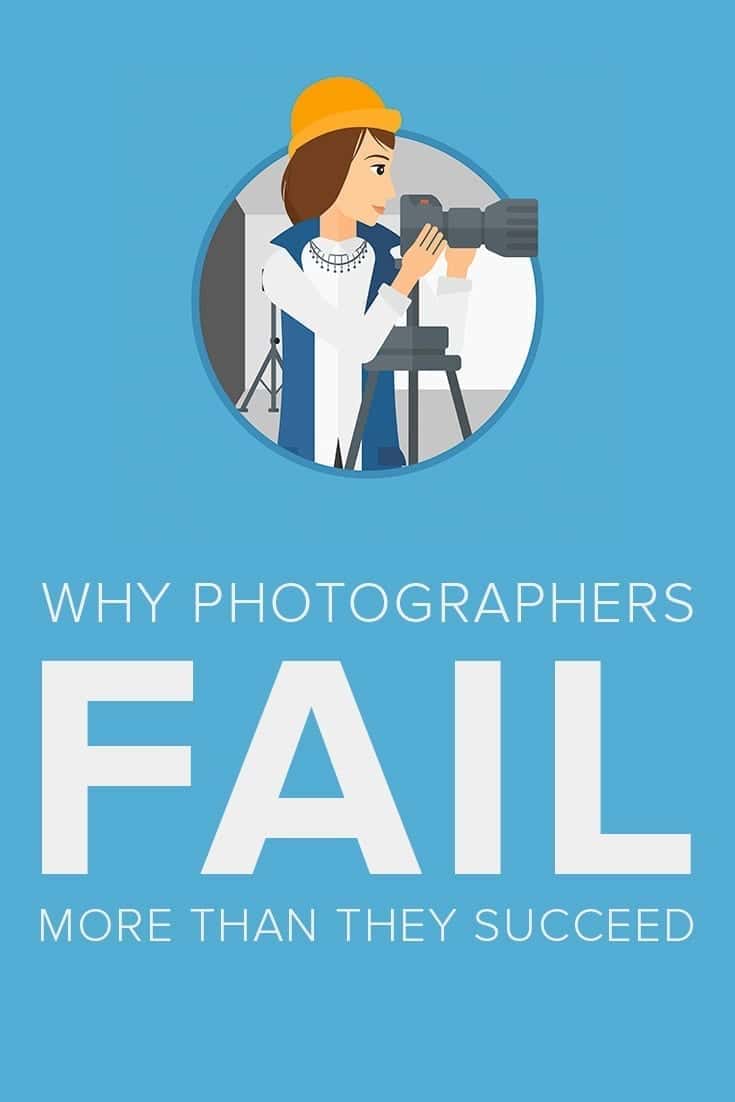Affiliate Disclosure: We earn a commission if you purchase through one of our links at no additional cost to you.
Visual storytelling is critical for any photographer who wants to get noticed, discovered and appreciated it.
It’s just human nature. If you give the people what they want, in the way they want it, then your odds of success greatly improve. We know how important stories are to people, but do you know how to create visual stories in your photography?
In this episode, we’ll discuss 5 reasons why visual storytelling is critical for photographers and what you need to consider when you’re crafting your photos.
Here’s Why Visual Storytelling is Critical
People are wired to want stories.
Every group of people, every culture, embraces storytelling. The very process of storytelling is symbiotic between the teller and the audience.
As children, we’re weaned on stories. We ask for more, more and even more. It’s almost intoxicating to experience something through storytelling.
So why can’t photographers get in on this action?
The truth is, we can. Visual storytelling impacts the brain faster than text and stimulates our senses with color, light and texture.
As we discuss in this episode, the stories don’t have to be epic. People love short stories, and we also love to explore. By creating photos with a clear story, yet imbued with subtle hints and mysteries, we can grab people’s attention and give them something to love.
Time Stamps
There are a lot of times that we talk about visual storytelling on this podcast. And you know what, today we're going to talk about visual storytelling a little bit more. We're going to give you five reasons why visual storytelling is critical for photographers. Welcome to I Like Your Picture. This is the show that helps photographers engage their imagination to create photos their audience loves. I'm William Beem.
Along with my wife, Lee, we'll help you understand how to make great photos using your creativity and some visual storytelling. Whatever type of photography you enjoy, I'm glad you found us. New opening. It's very cool. Why didn't the lights flash? I, You know the lights aren't supposed to flash, they're just like change colors. Hey, we're sorry.
We're kinda yammering away about our new audio equipment, because I put in a new opening to go with the new audio equipment. So if we sound different, we'll probably tweak things around, but just so you know, my name is William Beem. I'm Mrs. Beem, but you can call me Lee. And today we want to help you understand really about visual storytelling and why it's critical.
So the things we don't want you to be able to take away is understanding how people engage with information, why stories increase your ability to connect with others. And also the idea that the stories don't have to be epic. In other words, think more like Seinfeld than Game of Thrones. You don't have to go out there and create something epic every time.
It doesn't hurt to do that if you want to. But I think it's a little bit of overload. If you try and do something epic all the time. Yeah. It's not fun then when you hit the high notes That's the way stories have, you know, highs and lows because they want to take you on an emotional journey. And we'll get to that just a little bit,
but let's start with our first point. The human brain processes visuals, faster than text. Lee, you like visuals, you like reading, which one does better at giving you information at a glance? Well, at an, at a glance, it's gotta be pictures. I think if you want, it's a lot of detail. Typically it's going to be something that's written,
but obviously, your miles are going to vary depending on each specific item or whatever it is. The idea is obviously we're doing visual storytelling. So it's going to be quick. It's a still thing. You're not really going on this long epic journey. All you're trying to do is get people to understand the information you want to share with them.
And I say information because that's really what a story is. It's a way that we convey our thoughts, our emotion, or something that's going on. So the idea is that people are going to process this quickly, and they're going to make a decision very quickly as to whether they're going to look at your photo a little bit longer, or if they're going to spring past it.
And Lee, you've probably seen this as well. If you're on social media, particularly like Instagram, you kind of flick through photos, but something makes you stop. Yeah. One of the things that I believe makes you stop is because we are wired to engage with stories. Not just visual stories, any kind of stories. Humans love stories when you were growing up and you're an infant,
you were Storytime. I liked stories. You remember? Do you remember how felt? I'm lying here in the crib. I don't know what's going on. I hear the soothing voice of my parents, probably my mother. My father's voice. Wasn't really that soothing. I didn't have that experience. I wanted to read the books until the, when they skipped out parts and I didn't fall asleep during them.
You can tell me that you're in a crib reading a book? I didn't sit in my line like crib. My parents used to read me the stories and it's only one more, one more, one more. And mom said, when she used to get into the twenties, she was like enough. That really kind of proves the point is like, we engage with stories. It's like,
you keep asking for one more. I want to hear something I want to know more. And that's how we take information in is with a story. If you can tell people a story, even a short story, it's going to be a little bit more engaging. And that's really what you're looking at with your photographs. You can take a photograph of anything.
What makes it a story or not is if it conveys something that really strikes an emotion and that's really what it gets down to is we want to feel something. Yep. I think without any emotion, there's no point to it's the... There's no story if you don't feel something. Even if that feeling is some type of indifference, you feel something.
You don't have to be happy about it. I mean, there's a reason why some people go to scary movies. I don't know what they enjoy about it. Cause I really don't like scary movies, but the truth is they want to feel something. And maybe for that fright or that fear just kind of makes them feel alive. And they want to feel that.
So you can do scary photos. You can do loving and romantic photos, or you can do adventurous photos or you can do something that evokes a memory and an emotion. But the whole idea is you want to engage with people through some kind of story they understand. And we've talked about this many times, but Lee does her coffee photos as a flat lay because there's a story there with people who experience coffee
first thing in the morning. Big stories. But that Was her whole idea. I mean, you've done a series of these things and the whole idea was about that story. Just a short story, a simple story, but one people can relate to, But stuff that is my time in the morning, it's just kinda quiet and peaceful. And you know,
you have different colors. I see things in color. So like my moods may be different colors. I choose my coffee mug in the morning based on my mood. I've done this since ever since I can remember, I get dressed according to my mood, much to the horror of some of the corporate places I used to work for. They eventually just accepted that. People
don't actually have to know everything about you and the story that you have inside. I can tell you right now I'm wearing my power underwear. Oh No. It's like the, it makes me feel happy. No one else needs to know about it. I mean, Lee knows. But other than that, nobody else needs to know about, you know,
my power underwear or what story I think I'm in. Let me give you the third point that we wanted to talk about. Visual stories, create a scenario where the audience feels like they're part of the story. So this Lee goes back to your coffee photos. You want people to engage in the feeling of that first cup of coffee. In other words,
you want to draw them into that picture. Yeah. I'm also looking for a connection. So that connection has to be, I have to have something in my photo that connects with something of theirs and that's going to be maybe a different something for each person. So not everyone who looks at the picture is going to get the same sense or feeling. Their float around in that kind of range.
But there you're going to get a bunch of different reactions or responses. If I post something and say this, you know, it's like nostalgic. Other people go, Oh yes, it is. Their memories aren't going to be the same as mine. That feeling is similar, but it doesn't really matter if they don't feel what you felt. If you can connect to something in them or in their thoughts or memories or lives or emotions,
that's really what you're looking for. I think people start overthinking things. And to me, the basic secret is I'm putting something in here that captures a mood or an emotion of mine. And then I just let it go. And those people who connect with it or relate to it or are intrigued by it because they don't, those people will come and the other people will,
that's not for them. The good news is that Lee is right. The bad news is Lee jumped ahead on my list of points. I'm going to have to.. I'm playing with my buttons and sound effects now, but trust me, that's not going to be a regular thing, I hope. On point number three, we were talking about visual stories, create a scenario where the audience feels like they're part of the story.
And to make that happen is exactly what Lee was talking about. Number four, you need to make your stories relatable to your audience. It's hard to make your audience feel like they're part of the story if they really can't relate to it. You can show them something wild and interesting. And that's all good, but they've got to be able to relate to it.
Even if it's something as a fantasy level, something they've never done, there's gotta be something that's familiar about it enough that they can put themselves in that story. And that's one of the things that I think some photographers fail on is what is the relatability. We've seen snow before. Lee's lived in it for a while. I, when I see snow,
I'm a Florida boy. It means I'm someplace else. And I slip and fall. That's how I relate to snow. If you show me a photograph of a snowy scene, I imagine my butt hitting the ground. You don't fall on snow. You slip on the ice. Well, What I've read it snowed. And then it made ice. And I fall on my ass.
That's my relationship. When I see something cold and wintery, and that's only my relationship to it. I don't really live in the winter. I've never, I've been in Florida my whole life. The times that I've been in, typically it was Utah. When I was in Utah and it was snowing. I would slip and fall on my butt. Maybe you don't need like a snow version of a life jacket.
So it kind of pads you and you fall. Look for all. I know. Maybe it's Utah that slippery and not the snow and ice. All I can tell you is when I'm in Utah, it's snowing. And I slip and I fall on my butt, and that's, that's how I relate to those kinds of photographs too. I'm thinking there's a spot where I would fall.
Snow is not familiar to me as far as life experience. So when you see snow, Lee you relate to it by a couple of different parts of your experience. I mean, the first fresh snowfall, it looks nice. And you tell me the next day it looks horrible. Well, it depends. I mean, once, once people start moving and treading thread,
I mean, to me, it, snow is beautiful when it's freshly fallen. It's also kept it beautiful when it's fallen, even when it does get slippery, if you don't have to go anywhere, but the reality is it snows on workdays or when you've got errands to run. There's a whole bunch of stuff that goes with it. So yeah, I get a range of different emotions looking at snow.
It's like, thank goodness. I don't have to shovel stuff anymore. Or it looks so pretty or just depends. Maybe it depends on my mood at the time I see a picture. And also depends on what you see under the snow. We just recently got recommended some videos on YouTube about snow falling off of the roof of different buildings. And I thought,
man, that's dangerous. I was just watching one with some guys in Alaska. And they had looked like three or four feet of snow on top of a cabin. They got up there on a ladder and they were jumping up and down on top of the center point to try and get the snow to fall off. And it took them a while and a number of beers.
But finally the snow all started sliding off and then they fell off the roof with it. You know, they were all right, they got up, but it's, but this is what's relatable. Whatever your experience is with what the photograph is, that's how you're going to relate to it. Like, you want to feel like you're part of the story.
So maybe you do feel like you're climbing up on top of the cabin. Maybe you do feel like you're falling off and that's how you relate to it. If you see snow through my eyes. Everybody else is going to have their own little ideas about it. I want to get down to the last part of this is number five, stories ought to be entertaining.
Yes. You have to have something interesting and something, yes. Something unique to that photo doesn't mean that you have to show some thing specific that hasn't been seen before, but you can present it in a different, different way or a different light. Literally and figuratively. And thinking about what do we mean by entertaining? I mean, it could be humorous.
It could be romantic. It could be dangerous. There's all sorts of types of entertainment. And you're thinking about a still photograph. How do I make this entertaining? And maybe it's the visual interest. Maybe it's the colors that you choose. Maybe it's the characters that are inside of your photograph. If you're taking portraits. Or a sense of motion, which doesn't necessarily mean that you think your subject is moving,
but you can create movement in your lines. And we've got a number of articles and previous podcasts where we've talked about that. So you've got all these different elements of composition. Matter of fact, I'll link to that. As far as I've got a series called 10 elements of composition, I've got a series, I think of elements of art and design that we can put into our photographs.
So I'll put those in the show notes, but the whole idea that it's gotta be entertaining is somebody has got to look at it and feel something. Yeah, it doesn't have to be big. Remember short stories ought to be relatable, but they don't have to be epic. They can be, if you look at some of the stuff that you see in magazines,
like Vanity Fair is a good example. You might see a simple portrait or you might see an elaborate scene with a number of people in a situation dressed a certain way. And all of those things come together to tell a story and you can relate to it, even if you've never been in that scene. So for example, if you think of a photograph of an elegant evening out with expensive dresses,
expensive suits, and just, you know, lounging around. I've never had a moment like that in my life, but it doesn't mean that I don't appreciate the story and I can't relate to it in any way. So Lee, when you're thinking about your photography, what are you trying to pull out of the people who are looking at it? I'm hoping that somebody is going to feel some thing.
If they don't, they're probably not going to stop and pay attention. I don't really give it that much thought, but for me, I kind of work from, from the ground up. I try and put my story in there, my mood or my feeling, or my little layout. I like to put myself into the story. If that makes any sense.
I mean, this is, I do mainly, still life photos now, but I like to have something that is a reflection of some elements of me or my personality or my day or my mood. So I kind of set it up that way. If you do it that way, you're going to, it doesn't feel like this big fight to figure out what people,
want. Everyone knows what they want. You're not going to make them want what you have. And I think if you change what you love to suit other people, you're not doing what you want and you will never do it as well as when you're, you know, kind of true to what you love. It sounds a bit cliche, but I really think it's true.
When you look at the best writers who have written novels, they write well. And they engage with people because they, they have some understanding of the roles of the characters somewhere. And something just speaks to people. It's real, it's believable and not all photography needs to be believable. In fact, some of it is great because it's not. And that's by design.
If you taking photos of things and you're not into some kind of commercial or abstract or something, you know, very specific like that, do what you love and present it the way you love and let the people who love what you love, find it. Well, I think you made a very good point that you got to do what you love, because look at,
as you mentioned, authors. What kind of stories you're going to get from Agatha Christie? What kind of stories are you gonna get from Ernest Hemingway? What kind of stories you're going to get from Michael Chrighton? Everybody's got their own little genre that they like to write in. And maybe once in a while, they step out of it. Doesn't mean that you can't do more than one genre.
So for example, you could write crime stories and then maybe occasionally write a children's story. But those are going to be separate things for separate audiences. We've said on the podcast many times before, and I hope this really connects with you. You cannot be all things to all people. So don't try to be all things to all people. Be what you want to be and find
and build an audience that likes what you have to share with them. I absolutely agree. Hey, thank you so much. This is episode two 52. So show notes are going to be available at William Beem dot com slash episode two 52. We thank you for being here. As a reminder, please check out. I've got a course called Luminar AI elements.
If you are a Luminar AI user, just go to the show notes. You can find it there, or you can go to William Beem dot com slash courses, and you'll find it there. If you don't have Luminar AI and you're interested, I've got a coupon code is my last name. Beem it'll save you $10. And if you buy Luminar AI through my coupon code,
I'll give you the course for free. So I'll hope. That's interesting. I hope that's helpful. Thank you so much for being here and we'll see you again next week.

